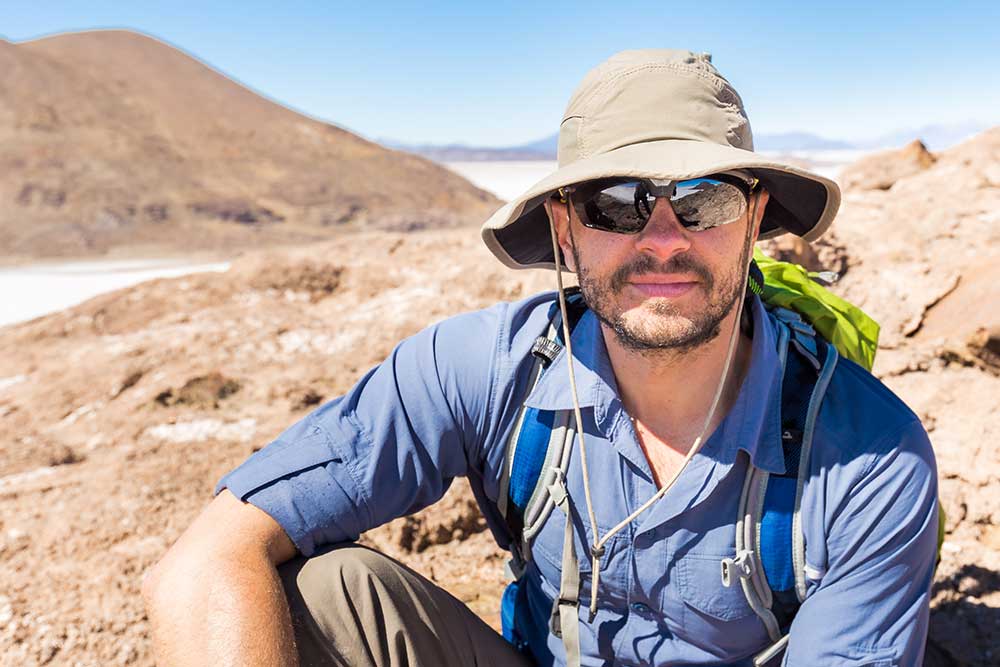All Categories
Featured
Table of Contents
Geophysicist Job Description, Career As A Geophysicist ... in Woodvale Australia 2022

(PREM)., and the limits in between layers of the mantle are constant with phase transitions.

This makes plate tectonics possible. Schematic of Earth's magnetosphere. The solar wind circulations from left to right. If a world's electromagnetic field is strong enough, its interaction with the solar wind forms a magnetosphere. Early space probes mapped out the gross measurements of the Earth's electromagnetic field, which extends about 10 Earth radii towards the Sun.
Inside the magnetosphere, there are relatively dense areas of solar wind particles called the Van Allen radiation belts. Geophysical measurements are usually at a particular time and location. Accurate measurements of position, together with earth contortion and gravity, are the province of geodesy. While geodesy and geophysics are separate fields, the 2 are so carefully connected that lots of scientific companies such as the American Geophysical Union, the Canadian Geophysical Union and the International Union of Geodesy and Geophysics include both.
Geophysical Survey: Plotting Buried Traces Of Human Activity in Mount Nasura Oz 2022
A three-dimensional position is computed utilizing messages from four or more noticeable satellites and referred to the 1980 Geodetic Reference System. An alternative, optical astronomy, combines astronomical coordinates and the local gravity vector to get geodetic coordinates. This method just provides the position in 2 coordinates and is harder to use than GPS.
Gravity measurements became part of geodesy due to the fact that they were needed to related measurements at the surface area of the Earth to the reference coordinate system.
Satellites in space have actually made it possible to gather data from not just the noticeable light area, however in other locations of the electromagnetic spectrum. The worlds can be characterized by their force fields: gravity and their magnetic fields, which are studied through geophysics and space physics. Measuring the changes in acceleration experienced by spacecraft as they orbit has actually enabled fine information of the gravity fields of the planets to be mapped.
Geophysicist Job Description: Salary, Duties, & More in Coolbinia WA 2020

Since geophysics is worried about the shape of the Earth, and by extension the mapping of features around and in the world, geophysical measurements consist of high precision GPS measurements. These measurements are processed to increase their accuracy through differential GPS processing. When the geophysical measurements have actually been processed and inverted, the interpreted outcomes are outlined using GIS.
Many geophysics companies have designed in-house geophysics programs that pre-date Arc, GIS and Geo, Soft in order to satisfy the visualization requirements of a geophysical dataset. Exploration geophysics is applied geophysics that typically uses remote sensing platforms such as; satellites, aircraft, ships, boats, rovers, drones, borehole picking up devices, and seismic receivers.
For example, aeromagnetic data (aircraft gathered magnetic information) collected utilizing traditional fixed-wing aircraft platforms must be fixed for electro-magnetic eddy currents that are produced as the airplane moves through Earth's electromagnetic field. There are likewise corrections associated with changes in measured potential field strength as the Earth rotates, as the Earth orbits the Sun, and as the moon orbits the Earth.
Career Guide: Geophysicist in Casaurina WA 2022
Signal processing involves the correction of time-series data for undesirable sound or errors introduced by the measurement platform, such as airplane vibrations in gravity information. It likewise involves the decrease of sources of sound, such as diurnal corrections in magnetic data., meteorology, and physics.
The magnetic compass existed in China back as far as the 4th century BC. It was used as much for feng shui when it comes to navigation on land. It was not until excellent steel needles could be forged that compasses were utilized for navigation at sea; before that, they might not maintain their magnetism enough time to be beneficial.
By looking at which of eight toads had the ball, one might determine the direction of the earthquake.'s (1600 ), a report of a series of precise experiments in magnetism.
Geophysical Methods in Kingsley Western Australia 2022
In 1687 Isaac Newton published his, which not just laid the structures for classical mechanics and gravitation but also explained a variety of geophysical phenomena such as the tides and the precession of the equinox. The very first seismometer, an instrument efficient in keeping a continuous record of seismic activity, was built by James Forbes in 1844. Dietmar; Sdrolias, Maria; Gaina, Carmen; Roest, Walter R. (April 2008). "Age, spreading out rates, and spreading out asymmetry of the world's ocean crust". Geochemistry, Geophysics, Geosystems. 9 (4 ): Q04006. Bibcode:2008 GGG ... 9. 4006M. doi:10. 1029/2007GC001743. S2CID 15960331. "Earth's Inconstant Magnetic Field". science@nasa. National Aeronautics and Space Administration. 29 December 2003. Retrieved 13 November 2018.
Leipzig. Berlin (Gebruder Borntraeger). Runcorn, S.K, (editor-in-chief), 1967, International dictionary of geophysics:. Pergamon, Oxford, 2 volumes, 1,728 pp., 730 fig Geophysics, 1970, Encyclopaedia Britannica, Vol. 10, p. 202-202 Ross 1995, pp. 236242 Shearer, Peter M. (2009 ). Introduction to seismology (second ed.). Cambridge: Cambridge University Press. ISBN 9780521708425. Stphane, Sainson (2017 ).
Latest Posts
Geophysical Survey Methods in Champion Aus 2021
Geophysical Survey - Salisbury Archaeology in Hocking Australia 2021
What Can I Do With A Major In Geophysics? in Carine Australia 2023